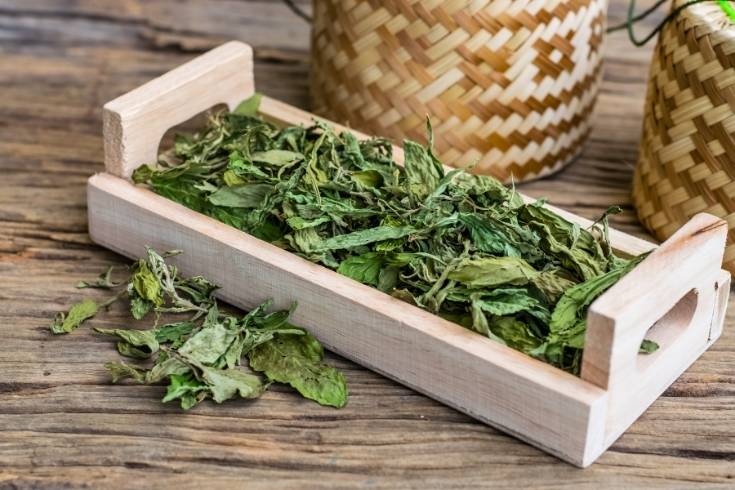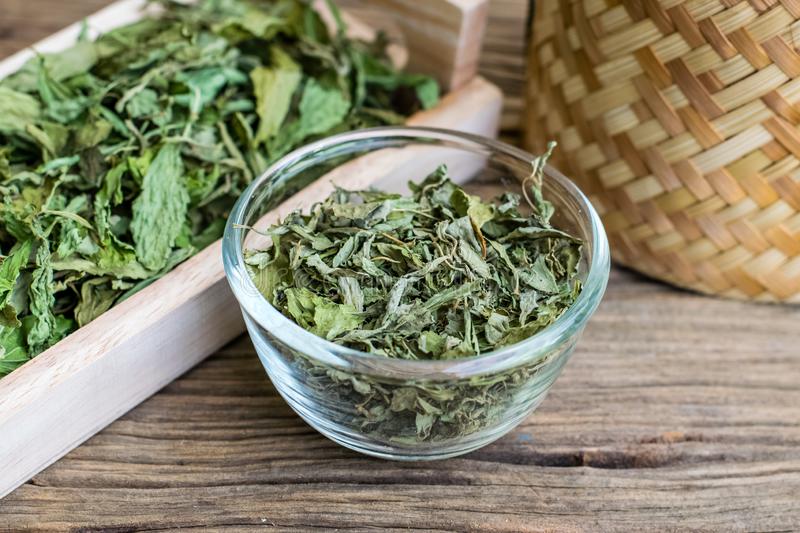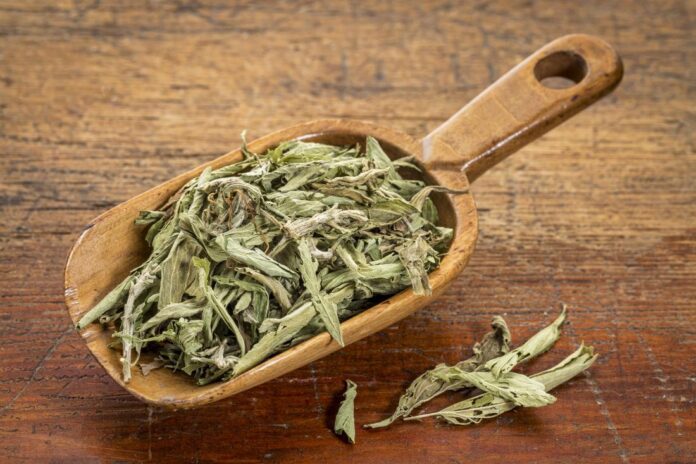INTRODUCTION:
Stevia leaves come from the plant Stevia rebaudiana, a natural, zero-calorie sweetener native to South America. For centuries, indigenous people in countries like Paraguay and Brazil have used stevia leaves to sweeten beverages like yerba mate and as a traditional medicine.The leaves contain natural compounds called steviol glycosides (mainly stevioside and rebaudioside A), which are responsible for the intense sweetness—up to 200–300 times sweeter than sugar, yet with no calories.

English: Stevia, Stevia leaves
Hindi: मीठा पत्ता (Meetha Patta), स्टीविया
Sanskrit: मधुपत्र (Madhu Patra – “sweet leaf”)
Tamil: இனிப்புத்தழை (Inippu Thazhai)
Telugu: తీపి ఆకులు (Theepi Aakulu)
Kannada: ಸಿಹಿ ಎಲೆ (Sihi Ele)
Malayalam: മധുര ഇല (Madhura Ila)
Bengali: মিষ্টি পাতা (Mishti Pata)
Gujarati: મીઠાં પાન (Mitha Paan)
Marathi: गोड पान (God Paan)
Urdu: میٹھے پتے (Meethay Pattay)
Arabic: ستيفيا (Stevia), ورق حلو (Waraq Hulw)
HEALTH BENEFITS:

Diabetes management:
As a zero-calorie, non-glycemic sweetener, pure stevia does not raise blood sugar levels, making it a safe sugar substitute for people with diabetes. Some studies in both animals and humans have found that stevia leaf preparations can help lower blood glucose and insulin levels, especially after a meal.
Weight control:
By replacing high-calorie sugar, stevia can help reduce overall caloric intake, which can support weight management efforts. Some animal studies also suggest stevia might help suppress appetite, although human research is mixed.
Antioxidant properties:
Stevia leaves are a source of antioxidant compounds that can help protect the body from cellular damage.
Heart health:
Some studies have shown that stevia may help lower total cholesterol, LDL (“bad”) cholesterol, and triglyceride levels, while increasing HDL (“good”) cholesterol. It has also been observed to help reduce high blood pressure.
Dental health:
Unlike sugar, stevia does not cause tooth decay. Some studies indicate that chewing the leaves may help suppress the growth of bacteria responsible for cavities and other oral issues.
Blood Pressure Regulation:
Some studies suggest that stevia can help lower high blood pressure in people with hypertension, though more research is needed.
Safe for Cooking:
Stevia is heat-stable, so it can be used in cooking and baking without losing its sweetness or health benefits.
SIDE EFFECTS:

Gastrointestinal issues:
Some people experience digestive discomfort such as bloating, nausea, gas, and abdominal pain.
Allergic reactions:
Since stevia is in the daisy family (Asteraceae), those with allergies to related plants like ragweed or marigolds may have a rare allergic reaction to stevia leaves.
Kidney, reproductive, and cardiovascular concerns:
Researchers have expressed concern that the raw herb may potentially affect the kidneys, heart, and reproductive system, although more research is needed.
Pregnancy and breastfeeding:
There is not enough reliable research to determine if consuming crude stevia leaves is safe while pregnant or breastfeeding. Most health authorities advise caution or avoidance during this time.
HOW TO USE:
1. Fresh or Dried Leaves:
You can chew fresh stevia leaves directly to enjoy their natural sweetness.
Dried leaves can be crushed or powdered and added to teas, smoothies, or desserts for natural sweetness.

2. Stevia Tea:
Add a few fresh or dried leaves to hot water. Let it steep for 5-10 minutes, then strain and enjoy a naturally sweet tea without added sugar.
3. Cooking and Baking:
Use powdered stevia leaves or stevia extract as a sugar substitute in recipes. Since stevia is much sweeter than sugar, use it sparingly (usually 1 teaspoon of stevia powder equals about 1 cup of sugar, but check specific product instructions).
4. Sweetening Beverages:
Add stevia leaves or stevia extract to coffee, lemonade, or smoothies as a low-calorie sweetener.
5. Homemade Sweeteners:
Blend dried stevia leaves with other herbs (like mint) to create your own sweet herbal blends for flavoring drinks and foods.
6. Liquid Extract:
Use commercially available stevia liquid drops as a convenient way to sweeten drinks or recipes. Start with a few drops and adjust to taste.
Important Tips:
Because stevia is very sweet, start with a small amount and adjust gradually.
Some people may notice a slight bitter or licorice-like aftertaste, so blending with other flavors (like lemon or mint) can help.
When substituting sugar in baking, you might need to adjust for bulk and moisture, as stevia doesn’t caramelize or provide the same texture as sugar.




